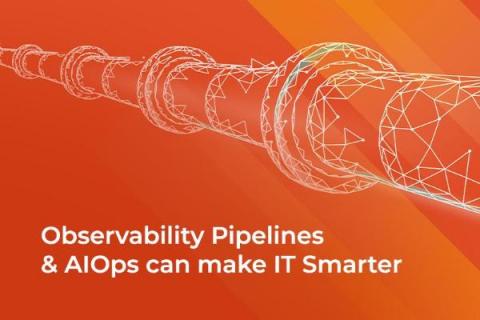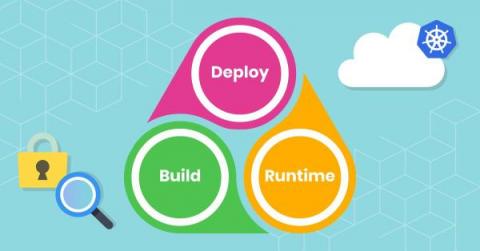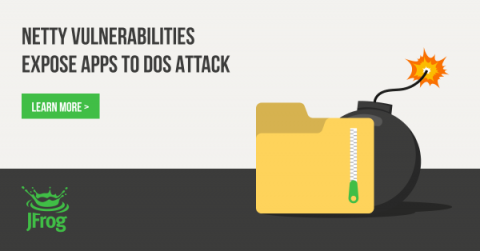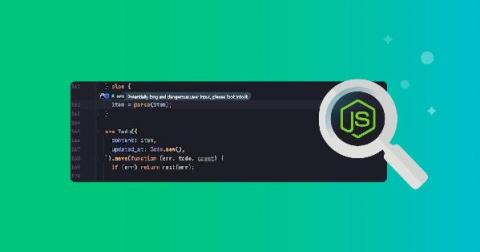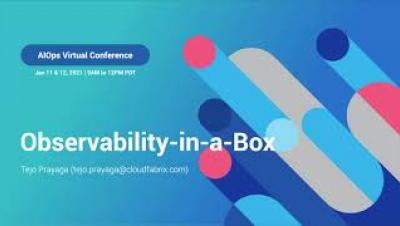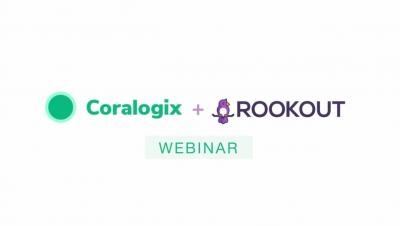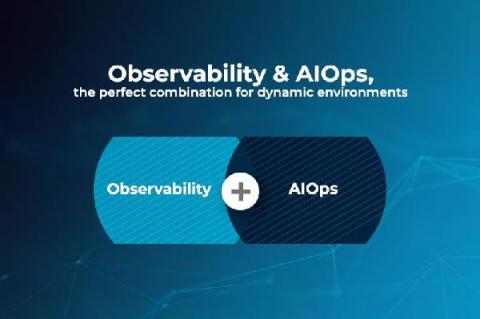Security | Threat Detection | Cyberattacks | DevSecOps | Compliance
Observability
What a more holistic approach to cloud-native security and observability looks like
The rise of cloud native and containerization, along with the automation of the CI/CD pipeline, introduced fundamental changes to existing application development, deployment, and security paradigms. Because cloud native is so different from traditional architectures, both in how workloads are developed and how they need to be secured, there is a need to rethink our approach to security in these environments.
How does sensitive information end up in observability platforms?
Observability (logs, traces, metrics) is a core tenet to building strong software systems. Logs are used to debug issues and check on system activity, traces provide valuable insights into system performance and architecture, and metrics allow engineering teams to closely track business metrics within their systems.
CVE-2021-37136 & CVE-2021-37137 - Denial of Service (DoS) in Netty's Decompressors
The JFrog Security research team has recently disclosed two denial of service issues (CVE-2021-37136, CVE-2021-37137) in Netty, a popular client/server framework which enables quick and easy development of network applications such as protocol servers and clients. In this post we will elaborate on one of the issues – CVE-2021-37136.
Plugins to put Node.js application security and observability in your IDE
As developers, we spend a lot of time in our IDEs writing new code, refactoring code, adding tests, fixing bugs and more. And in recent years, IDEs have become powerful tools, helping us developers with anything from interacting with HTTP requests to generally boosting our productivity. So you have to ask — what if we could also prevent security issues in our code before we ship it?


